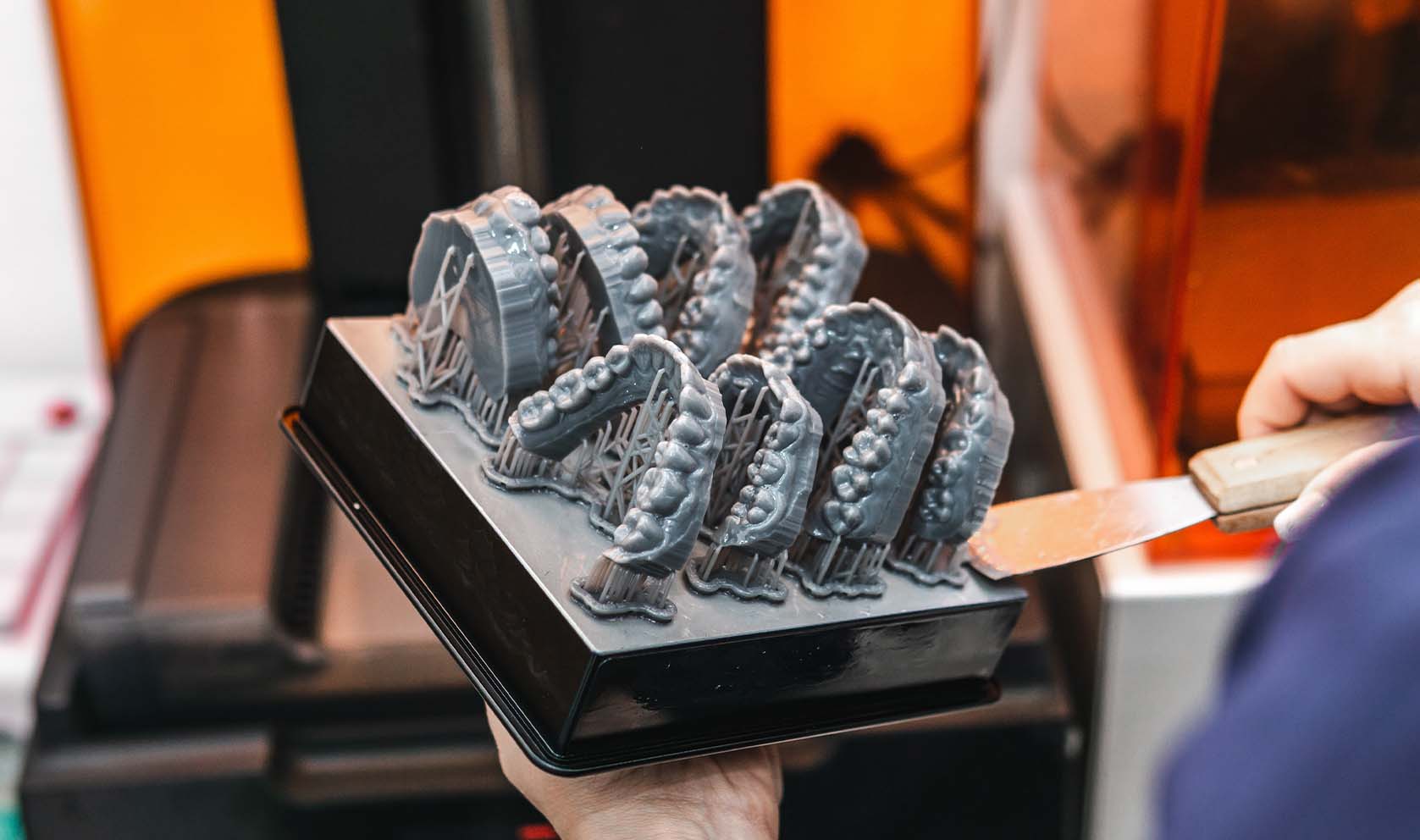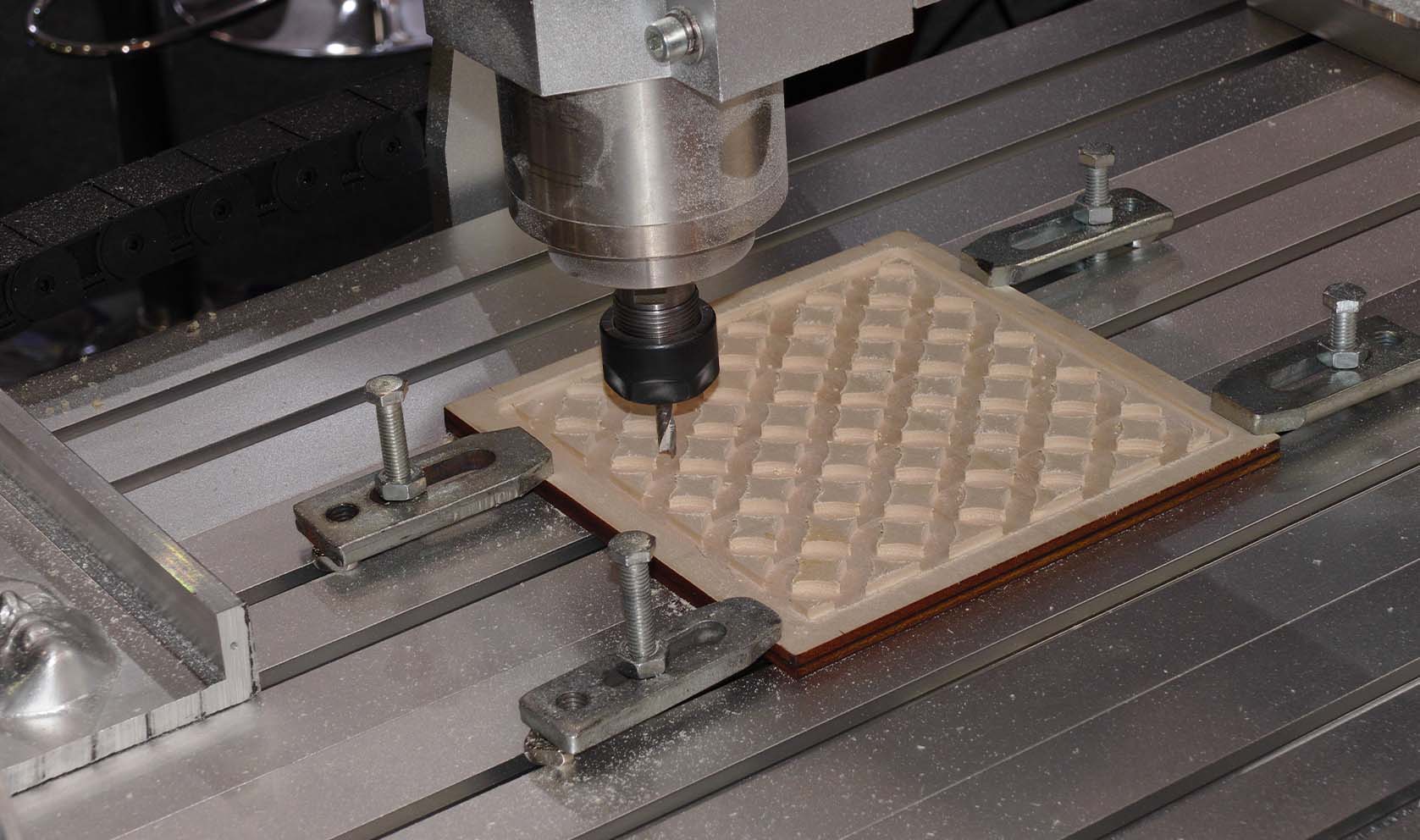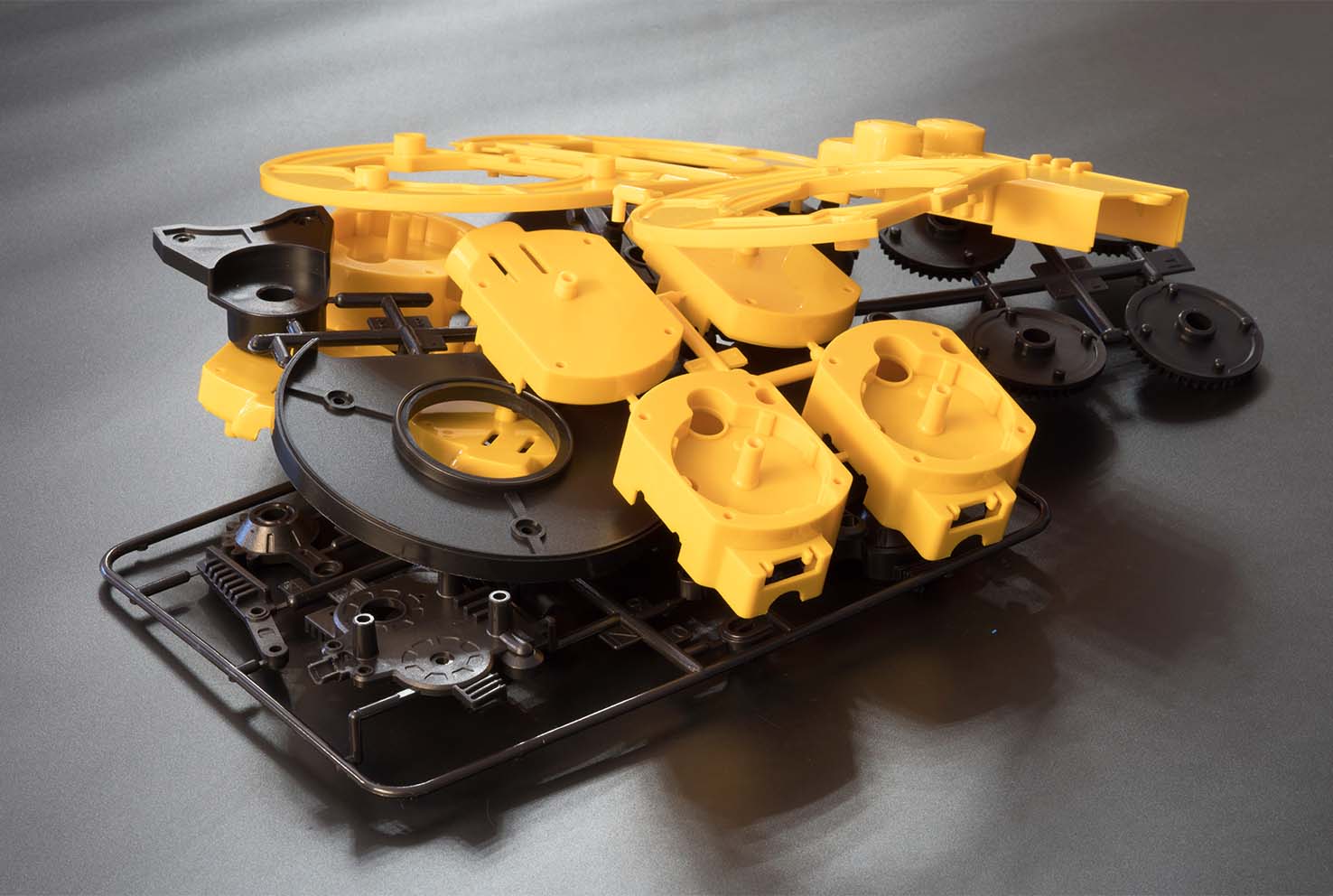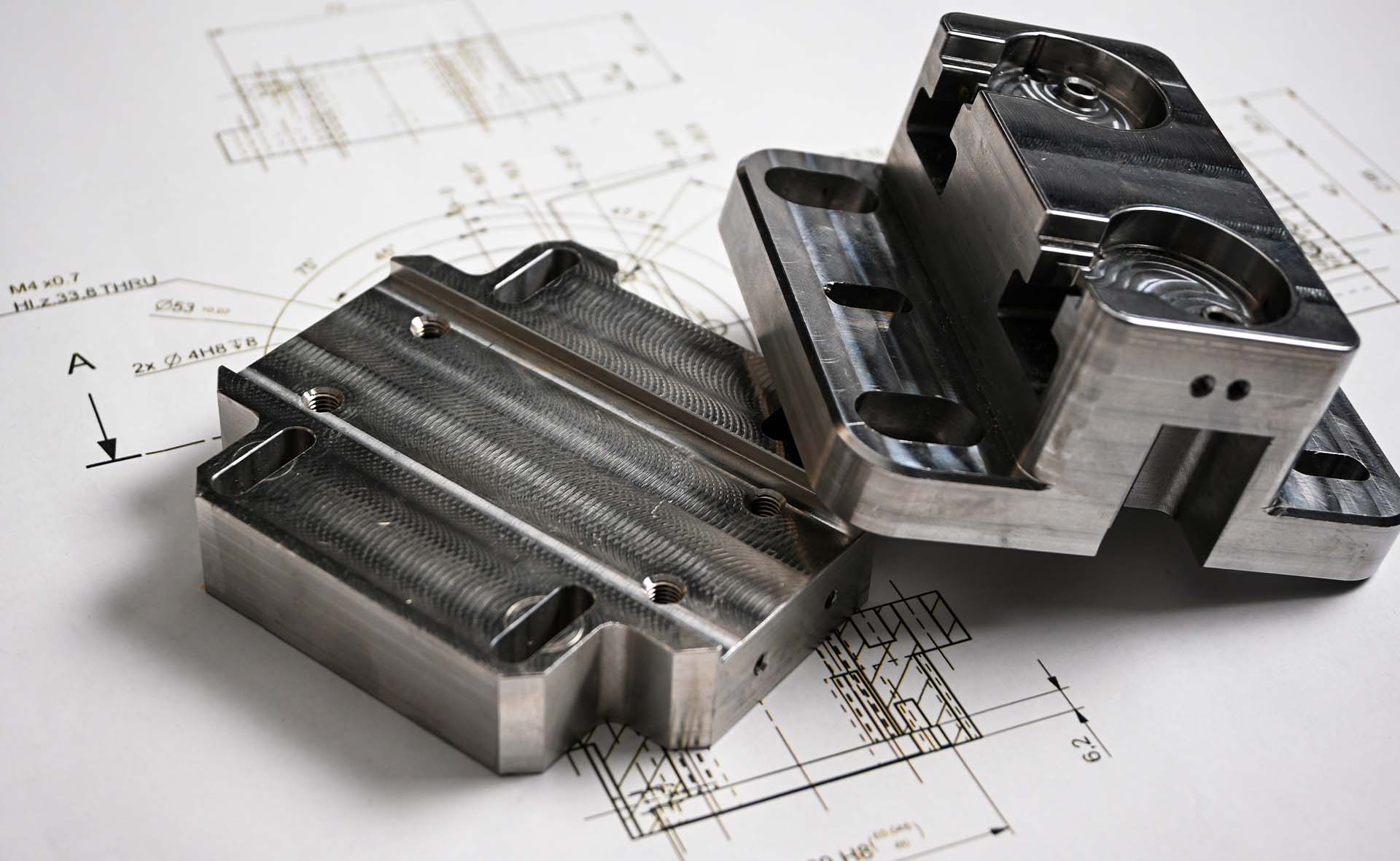Prototyping is an essential phase in the product development journey that allows you to determine whether or not the design (or modifications) work the way you intend them to—before they are in the hands of your users. The rise of rapid prototyping has made it both easy and affordable to quickly iterate a plastic prototype. Today, a variety of manufacturing technologies are at your disposal for crafting plastic prototypes. Discerning which one to use and when will help you optimise your product development process.
In this article, we will go through the advantages, disadvantages and scenarios of when to use different rapid prototyping techniques effectively.
In this section, we take a look at the top processes you can consider for making plastic prototypes quickly.
Additive manufacturing, also known as 3D printing, is an umbrella term encompassing a diverse array of techniques that construct three-dimensional objects layer by layer using CAD designs. At HLH Rapid, we host 6 different types of industrial 3D printing technologies. The three most popular options for plastic prototypes are: Fused Deposition Modeling (FDM), Stereolithography (SLA), and Selective Laser Sintering (SLS).

Inarguably, today 3D printing is considered the preferred option for rapid plastic prototyping. However when it comes to functional plastic prototypes, CNC machining is still the main choice. CNC machining is a fast-paced and reliable technology that uses a variety of precision tools to carve out a 3D object from a block of material. Compared to 3D Printing, CNC offers more potential for threads and undercuts, tight tolerances, reduced size limitations, material options and surface finishing options.

Some limitations of CNC machining is that flexible and soft plastics can be tricky to machine due to the intense machining process. Certain geometries and designs that can be achieve with 3D printing may also be near impossible with CNC prototyping. Nevertheless, so long as the geometry is suitable, CNC is our preferred method of choice for functional prototyping.
Vacuum casting, also known as urethane casting, is typically used to manufacture plastic prototypes in small batches of 5 to 25 pieces, especially for objects such as casings and housings. It is a quick and cost-effective alternative to 3D printing.

It is a very versatile plastic prototyping process as polyurethanes of different types can be moulded to create specified hardness and desired surface textures, from matte to gloss. The process also allows for additional features like metal inserts and transparent parts to be comfortably worked into the casting, as long as they are compatible with the casting stage.
This makes it excellent for visual models and aesthetic prototypes and also for assessing form, fit and function, although the process works with looser tolerances than CNC machining.
An injection moulded prototype is a production-equivalent plastic part made using the same plastic material and processes that will be used in production injection moulding.
In rapid injection moulding, ‘softer’ metals like aluminium that can be machined more quickly (and therefore less expensively) are used. The process allows for complex shapes and intricate designs to be produced with high accuracy that often can’t be achieved through 3D printing or CNC machining.

It’s almost virtually superior in all other areas. The main two disadvantages is that it is not viable for 1-off components due to the high costs involved. It’s also not as flexible option for making big modifications or design changes. This makes it less ideal for the initial stages in plastic prototyping, and is therefore only used in later pre-production stages.
There are many different technologies available that each have their own strengths and limitations. When determining which plastic prototyping process to use, it’s important to establish these five points:
The table below provides a summary of the advantages, disadvantages and capabilities of the top four plastic rapid prototyping techniques to guide you with your decision.
| 3D Printing | CNC Machining | Vacuum Casting | Rapid Injection Moulding | |
|---|---|---|---|---|
| Tooling Cost | N/A | N/A | Low | High |
| Lead Time | Hours to days | 3-7 days | 1-2 weeks | ≥ 2 weeks |
| Unit Cost | Moderate | High | High | Low |
| Quantities | 1-50 | 1-50 | 5-100 | 100 and over |
| Plastic Material Options | Moderate | Good | Good | Excellent |
| Plastic Prototyping Application | ||||
| Early Stage Prototypes | Excellent | Good | Moderate | Poor |
| Aesthetic | Good | Good | Excellent | Excellent |
| Form and Fit Prototypes | Moderate | Good | Good | Excellent |
| Functional Prototypes | Moderate | Excellent | Good | Excellent |
Are you deciding between which technologies and materials to use to create plastic parts and prototypes but are unsure where to start? A good place to start is by determining the purpose of your part and then use the information in the sheet above to see which matches your needs.
For more information, drop us an email at info@hlhrapid.com or upload your design using our Get in Touch form, and an expert from our team will provide you with advice.
